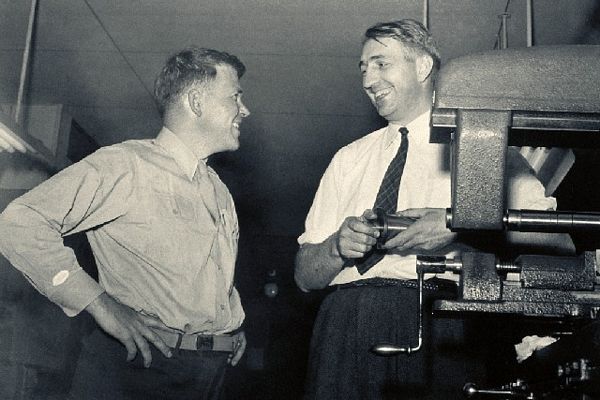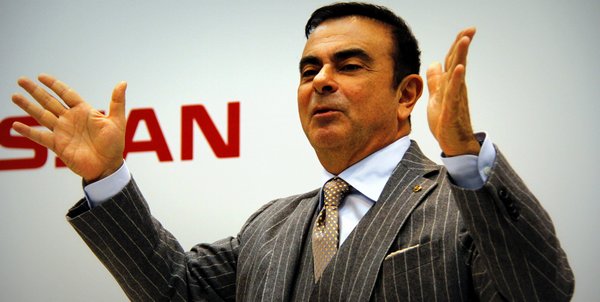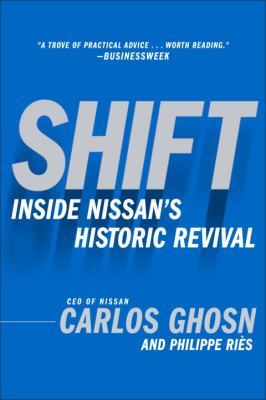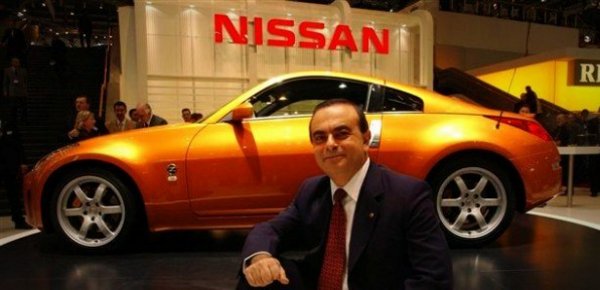
Per the following memo from Lisa Brummel, the head of human resources, Microsoft is ending the “stack rank system,” Microsoft’s adaptation of the forced ranking performance management system.
To Global Employees,
I am pleased to announce that we are changing our performance review program to better align with the goals of our One Microsoft strategy. The changes we are making are important and necessary as we work to deliver innovation and value to customers through more connected engagement across the company.
This is a fundamentally new approach to performance and development designed to promote new levels of teamwork and agility for breakthrough business impact. We have taken feedback from thousands of employees over the past few years, we have reviewed numerous external programs and practices, and have sought to determine the best way to make sure our feedback mechanisms support our company goals and objectives. This change is an important step in continuing to create the best possible environment for our world-class talent to take on the toughest challenges and do world-changing work.
To learn more about the new approach to performance and development, please join me for a Town Hall today at 2:00pm PT, either in person in building 92 or via webcast (see details below).
Here are the key elements:
- More emphasis on teamwork and collaboration. We’re getting more specific about how we think about successful performance and are focusing on three elements — not just the work you do on your own, but also how you leverage input and ideas from others, and what you contribute to others’ success — and how they add up to greater business impact.
- More emphasis on employee growth and development. Through a process called “Connects” we are optimizing for more timely feedback and meaningful discussions to help employees learn in the moment, grow and drive great results. These will be timed based on the rhythm of each part of our business, introducing more flexibility in how and when we discuss performance and development rather than following one timeline for the whole company. Our business cycles have accelerated and our teams operate on different schedules, and the new approach will accommodate that.
- No more curve. We will continue to invest in a generous rewards budget, but there will no longer be a pre-determined targeted distribution. Managers and leaders will have flexibility to allocate rewards in the manner that best reflects the performance of their teams and individuals, as long as they stay within their compensation budget.
- No more ratings. This will let us focus on what matters — having a deeper understanding of the impact we’ve made and our opportunities to grow and improve.
We will continue to align our rewards to the fiscal year, so there will be no change in timing for your rewards conversation with your manager, or when rewards are paid. And we will continue to ensure that our employees who make the most impact to the business will receive truly great compensation.
Just like any other company with a defined budget for compensation, we will continue to need to make decisions about how to allocate annual rewards. Our new approach will make it easier for managers and leaders to allocate rewards in a manner that reflects the unique contributions of their employees and teams.
I look forward to sharing more detail with you at the Town Hall, and to bringing the new approach to life with leaders across the company. We will transition starting today, and you will hear from your leadership in the coming days about next steps for how the transition will look in your business. We are also briefing managers and will continue to provide them with resources to answer questions and support you as we transition to this approach.
I’m excited about this new approach that’s supported by the Senior Leadership Team and my HR Leadership Team, and I hope you are too. Coming together in this way will reaffirm Microsoft as one of the greatest places to work in the world.
There is nothing we cannot accomplish when we work together as One Microsoft.
Lisa
The forced ranking system has always been controversial. In theory, there isn’t anything wrong with concept of ranking the performance of people along a bell-curve and using this distribution to decide merit awards and promotions. What’s wrong is that employees learn to game the system and turn it into a political exercise. Brownnosing, politicking, favoritism, bias, and discrimination trump authentic performance and consistent teamwork. The system fosters a competitive environment in a way that counters to team work and business goals.
Yet another upshot of the forced ranking system is that the system acts as deterrence to making drastic career moves and risk-taking on their job by incentivizing employees to settle into their current functions in their current group and take no significant risks in how they go about their work. The forced ranking system informally guarantees that the longer an employee’s tenure in a particular group, the higher the employee shall be ranked because the incoming employee knows the ropes. Employees moving into a group or function are often ranked lower until they warm up.

.jpg)
.jpg)


 In the day-to-day rush to get things done, recognizing employees takes a backseat to everything else managers have on their plates. However, praise is important.
In the day-to-day rush to get things done, recognizing employees takes a backseat to everything else managers have on their plates. However, praise is important.
 At Nissan, Carlos Ghosn was the definitive outsider. A multi-disciplinary talent who could speak more than a few languages, Ghosn was born in Brazil to Lebanese parents. As a youngster, he relocated to Lebanon at age six and was educated by Jesuits in Beirut. From there, he relocated to France, where he earned degrees in engineering from the prestigious
At Nissan, Carlos Ghosn was the definitive outsider. A multi-disciplinary talent who could speak more than a few languages, Ghosn was born in Brazil to Lebanese parents. As a youngster, he relocated to Lebanon at age six and was educated by Jesuits in Beirut. From there, he relocated to France, where he earned degrees in engineering from the prestigious 
